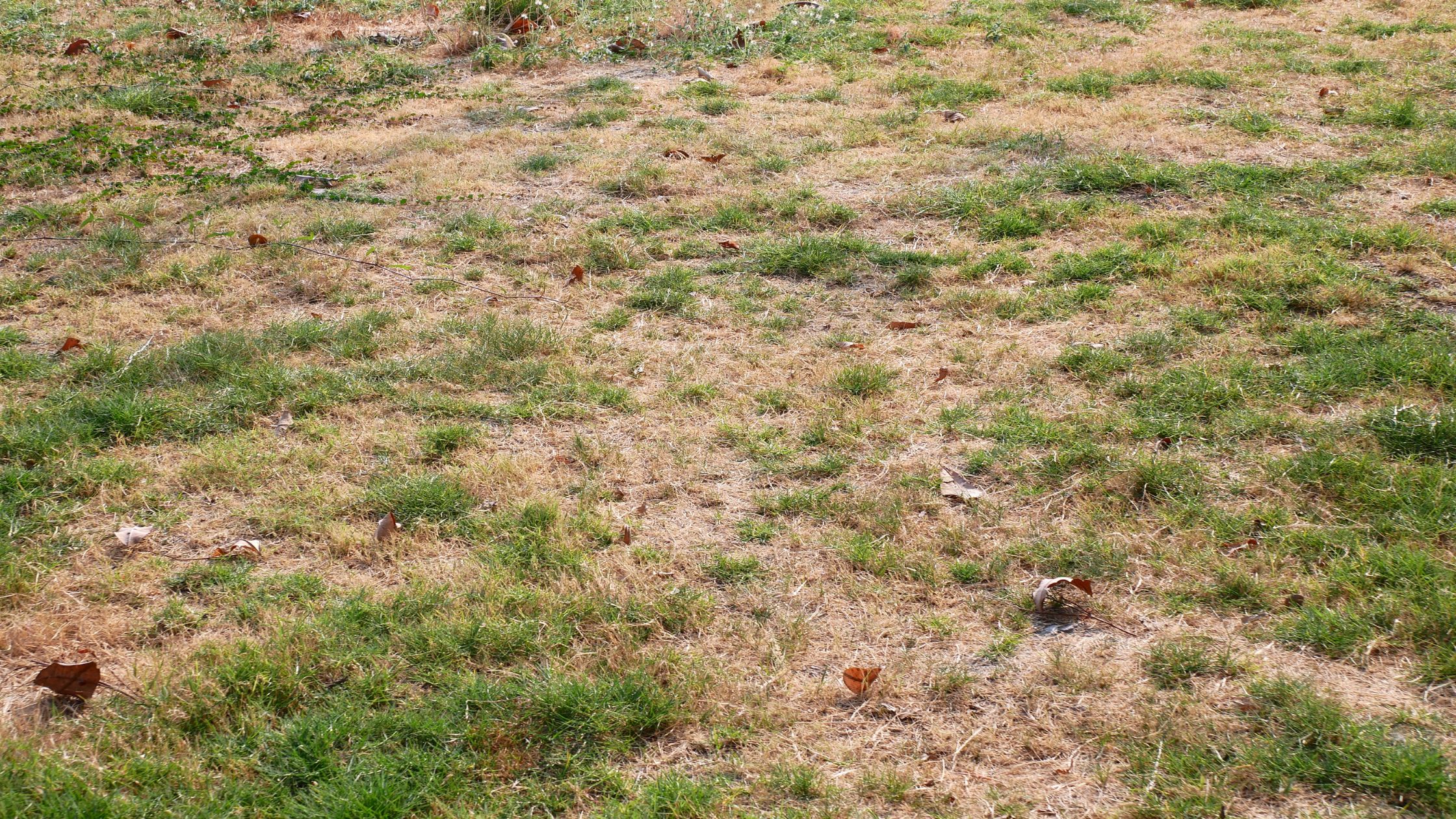
What to Do If Your Lawn Is Turning Brown in Early Summer
If your lawn is turning brown in early summer, the cause is often heat stress, inconsistent watering, or dull mower blades — not always disease. With the right care, most grass will bounce back. The key is knowing when to water, how to mow, and whether the issue is cosmetic or serious.
Introduction
It’s early summer, the sun is shining — and your grass is… brown?
You’re not alone. Many homeowners start to notice dry patches, straw-colored blades, or entire sections of lawn losing their lush green look right as the season kicks off.
So what’s causing it — and can you fix it?
In this article, we’ll help you:
-
Diagnose the top causes of browning lawns in early summer
-
Learn quick ways to test grass health
-
Understand when to water (and how much)
-
Know when to wait it out vs. take action
Is Your Lawn Dead — or Just Dormant?
Before you panic, do a simple test:
-
Tug gently on a few brown blades.
-
If they resist and stay rooted, your grass is likely dormant or stressed — not dead.
-
If they pull up easily with no resistance and the crown (base) is dry or mushy, that patch may be dead.
Most cool-season grasses in Northeast Ohio, like Kentucky bluegrass and fescue, go dormant under heat or drought conditions as a defense mechanism. It’s natural — and often reversible.
Common Reasons Lawns Turn Brown in Early Summer
🔥 1. Heat and Drought Stress
When temps rise and rainfall drops, grass can’t keep up — especially without deep watering.
What to look for:
-
Browning in full-sun areas
-
Footprints that linger in the grass
-
Crisp, dry blades even after sunset
What to do:
-
Water deeply (1″ per week, including rain)
-
Water early in the morning (5–9 AM) to reduce evaporation
-
Don’t panic — most lawns bounce back when temps cool or rain returns
💧 2. Inconsistent or Shallow Watering
A quick spray here and there won’t cut it — your grass needs deep root watering to thrive.
What to look for:
-
Brown patches mixed with green areas
-
Sprinkler overspray or missed corners
-
Shallow roots (easy to pull up grass)
What to do:
-
Use a tuna can or rain gauge to measure 1″ of water per week
-
Water less often, but more deeply (2–3 times/week)
-
Adjust sprinkler placement for even coverage
✂️ 3. Mowing Mistakes
Mowing too short or with a dull blade can stress grass and invite brown spots.
What to look for:
-
Uneven brown tips or shredded-looking grass blades
-
Patches of dry, stressed turf after mowing
What to do:
-
Sharpen mower blades every 20–25 hours of use
-
Raise mowing height to 3–4″ in summer
-
Never cut more than ⅓ of the blade height at once
🧼 4. Pet Damage (Especially Dog Spots)
Pet urine, especially from dogs, creates concentrated nitrogen zones that burn the grass.
What to look for:
-
Round brown spots with dark green edges
-
Typically appear in the same areas your dog visits
What to do:
-
Hose down spots immediately after your dog pees
-
Train dogs to use a mulch or gravel area instead
-
Patch affected areas with grass seed or plugs if needed
🦠 5. Fungal Disease or Pests
Less common early in the season, but still possible during warm, humid stretches.
What to look for:
-
Circular patches (“dollar spot” or “brown patch”)
-
Greasy or slimy blades in the morning
-
Insect activity near the base of brown spots
What to do:
-
Water early, not at night
-
Aerate compacted lawns in fall
-
Use a targeted fungicide or consult a pro if symptoms persist
Local Insight for Northeast Ohio Lawns
In our region, early summer browning is usually linked to weather changes — rapid warming after a cool spring, inconsistent rainfall, or mowing stress.
Cool-season grasses may enter dormancy during June heat waves, especially if we go 5–7 days without rain. Brown doesn’t mean dead — but if we’re facing a dry summer, it’s smart to get ahead with proper watering and mowing now.
Quick Lawn Recovery Checklist
-
✅ Water deeply and early in the day (1–1.5″ per week total)
-
✅ Raise mower blades and keep them sharp
-
✅ Avoid fertilizing during heat stress (wait until fall)
-
✅ Reseed only if areas stay brown after 2–3 weeks of care
-
✅ Stay off the lawn during high heat to avoid foot damage
FAQ: Brown Grass in Early Summer
Should I fertilize brown grass to bring it back?
No — fertilizing stressed grass can burn it further. Wait until temps cool in late summer or early fall.
Is brown grass dead?
Not necessarily. Dormant grass looks dead but can recover with proper water and time.
How often should I water my lawn?
Aim for 1″ per week, broken into 2–3 deep watering sessions. Use a rain gauge or shallow container to track.
Will my lawn green up again?
Yes — if it’s dormant, not dead, it should green up within 2–3 weeks of consistent watering and cooler temps.
When should I reseed brown patches?
Late August to early September is ideal for overseeding cool-season grasses in Northeast Ohio.
Conclusion
A browning lawn in early summer doesn’t mean you’ve failed — it’s a common sign of stress that’s usually fixable with better watering, mowing, and timing.
Give your grass what it needs — not what feels urgent. With a little patience and smart care, your lawn can bounce back strong before fall rolls around.
Need help diagnosing your yard? We offer seasonal lawn assessments, mowing, and recovery services to get your turf back on track.




No Comments
Sorry, the comment form is closed at this time.